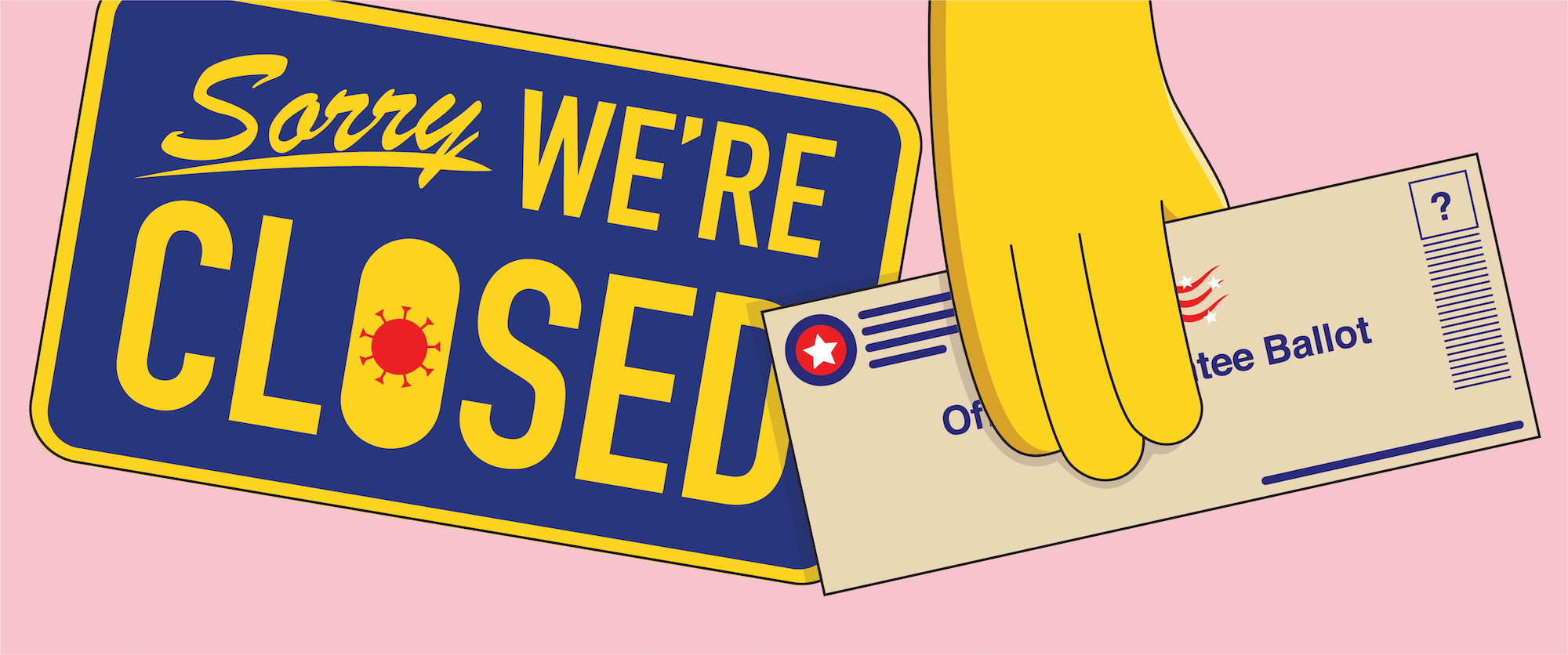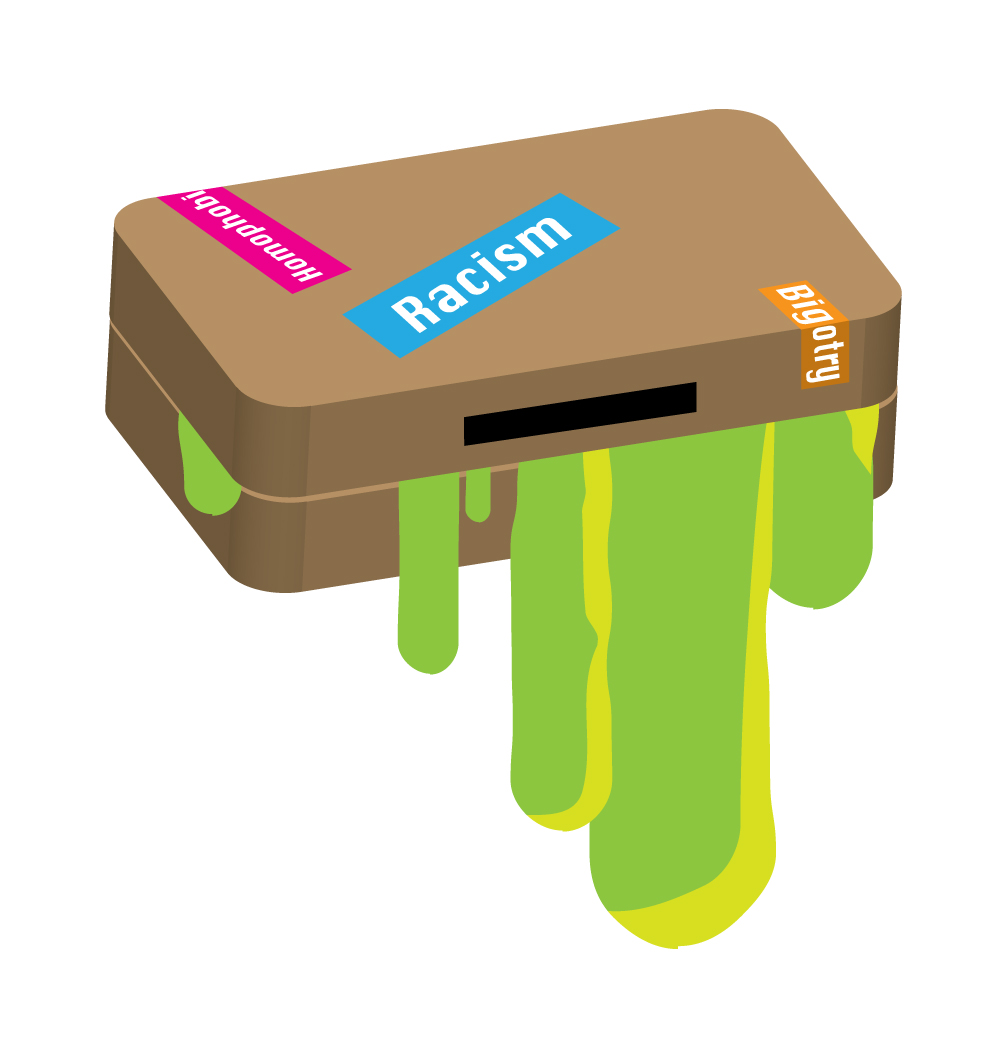If the thought of teenagers dancing in their bedrooms to songs, like rapper Saweetie’s “Tap In,” makes you cringe, then you’ve probably steered clear of TikTok—and I wouldn’t blame you. Up until recently, I, too, was a curmudgeon, content to hate on anyone and everyone who used the TikTok app.
When I first noticed my freshman college roommate doing a TikTok dance (the “Renegade”) in our living room this past January, I immediately dashed back into my bedroom, concerned that she would ask me to participate. Mind you, the extent of my dancing abilities is the “Cupid Shuffle,” learned in elementary school gym class, and I was not about to break a bone reenacting this TikTok dance.
Two hours later, I left my bedroom to get a snack and—lo and behold—my other roommate had joined in on the choreography. I stood paralyzed by my bedroom door, feeling defeated, while I glared at the two of them attempting to synchronize their moves. At that moment, I knew that I had lost my roommates to a cultural phenomenon I couldn’t understand—one that has captured the bodies and spirits of more than 800 million people worldwide, with over 2 billion app downloads and counting, according to TechCrunch.
To understand what makes TikTok tick, you need knowledge of the key features embedded into the platform. At its core, TikTok is powered by an incredibly advanced and technologically unparalleled search engine. No two users will ever have the exact same TikTok “For You” page—which is the central landing page for exploration—meaning that your experience and content consumption on TikTok is contingent on your specific interests and will likely vary from that of your friends’.
Sure, the explore pages of Instagram, Twitter, Snapchat, Facebook and search engines like Google are similarly predictive of your likes, dislikes and desired content—but none are as efficient as TikTok’s algorithm. The content placed on a user’s “For You” page becomes increasingly more personal the longer you engage with the platform. For example, if you happen to stop and replay one TikTok video of a cooking tutorial, your feed might temporarily be infiltrated with food videos until the search engine realizes cooking isn’t actually of sustained interest.
Two of the broader and most culturally present criticisms of TikTok concern national security and privacy. You may have heard speculation over the past few months about TikTok’s imminent ban in the U.S. Some accuse the Chinese Communist Party of injecting propaganda and misinformation, through the developers, into the platform. Manipulation of news, facilitating conspiracy theories, violating user privacy, fostering echo chambers and creating epistemic bubbles led to further denouncements. These charges make TikTok seem intimidating to the uninitiated, until you realize they could just as easily apply to virtually every other ubiquitous social media platform.
So, yes, TikTok, just like everything else fun, has its downfalls. The platform’s utilization of machine learning in its search engine is not foolproof, nor will it likely ever be. The spread of fake news, hate speech, misinformation, propaganda and conspiracy theories are inevitable with a fairly unregulated and foreign-owned platform like TikTok. But, should all of TikTok’s shortcomings—along with the stereotypes of its users and content—detract you from downloading the app and participating in a TikTok dance with your roommates?
TikTok is so much more than just Addison Rae, hype houses and prepubescents attempting to Dance Dance Revolution their way to fame. For me, it’s the jalapeño challenge, it’s the vast LGBTQ+ community, it’s the college life hacks and it’s the cooking videos. It’s the DIY tutorials and it’s the references that you can only understand if you’re a TikTok user.
And, if you didn’t understand the previous TikTok references, it’s most likely because you and I are simply not on the same version of TikTok; it is the ultimate “secret handshake” app. In addition to TikTok being a community in and of itself, the platform is also home to innumerable smaller subcultures. Some TikTok users like to refer to these subcultures as the “mode” or “version” of TikTok they use. Some of the more common TikTok modes are Straight TikTok, Gay TikTok, Thirst Trap TikTok, Food TikTok and Cottagecore TikTok. Most of those are pretty self-explanatory, although the last mode refers to a peculiar internet aesthetic defined by an interest in baking, arts and crafts and Animal Crossing.
Whether your feed remains in one mode or switches fluidly between several depends on the content you consume. You don’t like Straight TikTok anymore? Skip the next lip-sync challenge you see and your feed will immediately take note. While Twitter might still be the social media platform of choice for topical discourse and breaking news, TikTok is slowly but surely becoming the next big digital hub for modern references, trends, subcultures and creative communities.






